Dr. Fanselow’s laboratory is interested in the nature and function of fear. A series of questions of particular interest is how fear is learned and how fear memories are stored in the brain. That research concentrates its efforts on forebrain regions such as the amygdala, hippocampus and neocortex. In terms of neurotransmitter systems we have been concentrating our effort on glutamate, GABA and acetycholine. More than simply tracing the circuits, we are trying to determine the specific contributions that different components of the circuit contribute to the complete experience of an emotional memory. Another important question is how fear memories are translated into specific behavior patterns. That work primarily focuses on the midbrain periaqueductal gray. The laboratory uses rat and mouse models featuring site specific pharmacological manipulations, chemogenetics, optogenetics, brain lesioning and genetic modifications. Much of the current work examines behavior in genetically modified mice. But our mission is to use every technique available to derive a complete understanding of fear-motivated behavior.
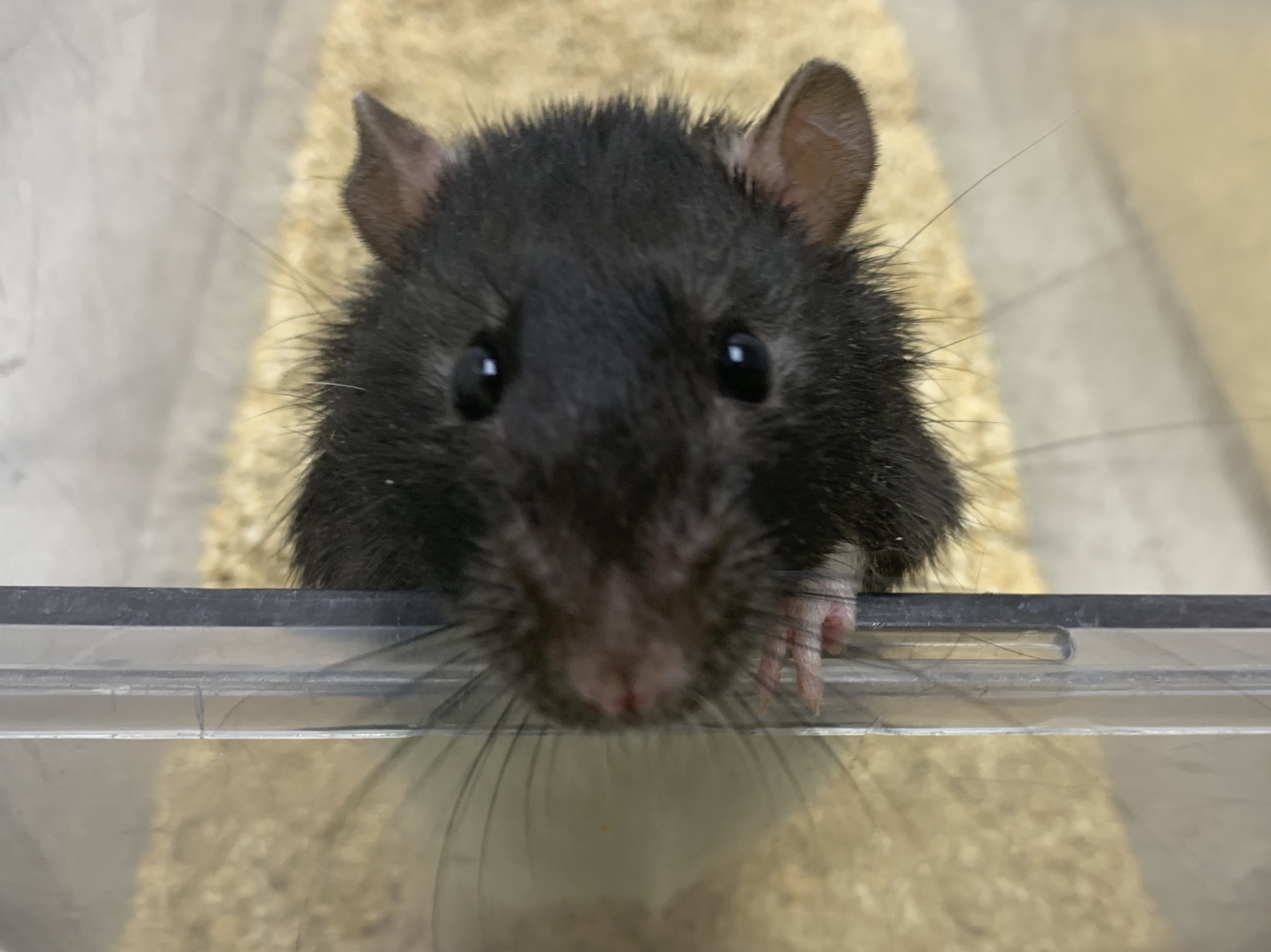
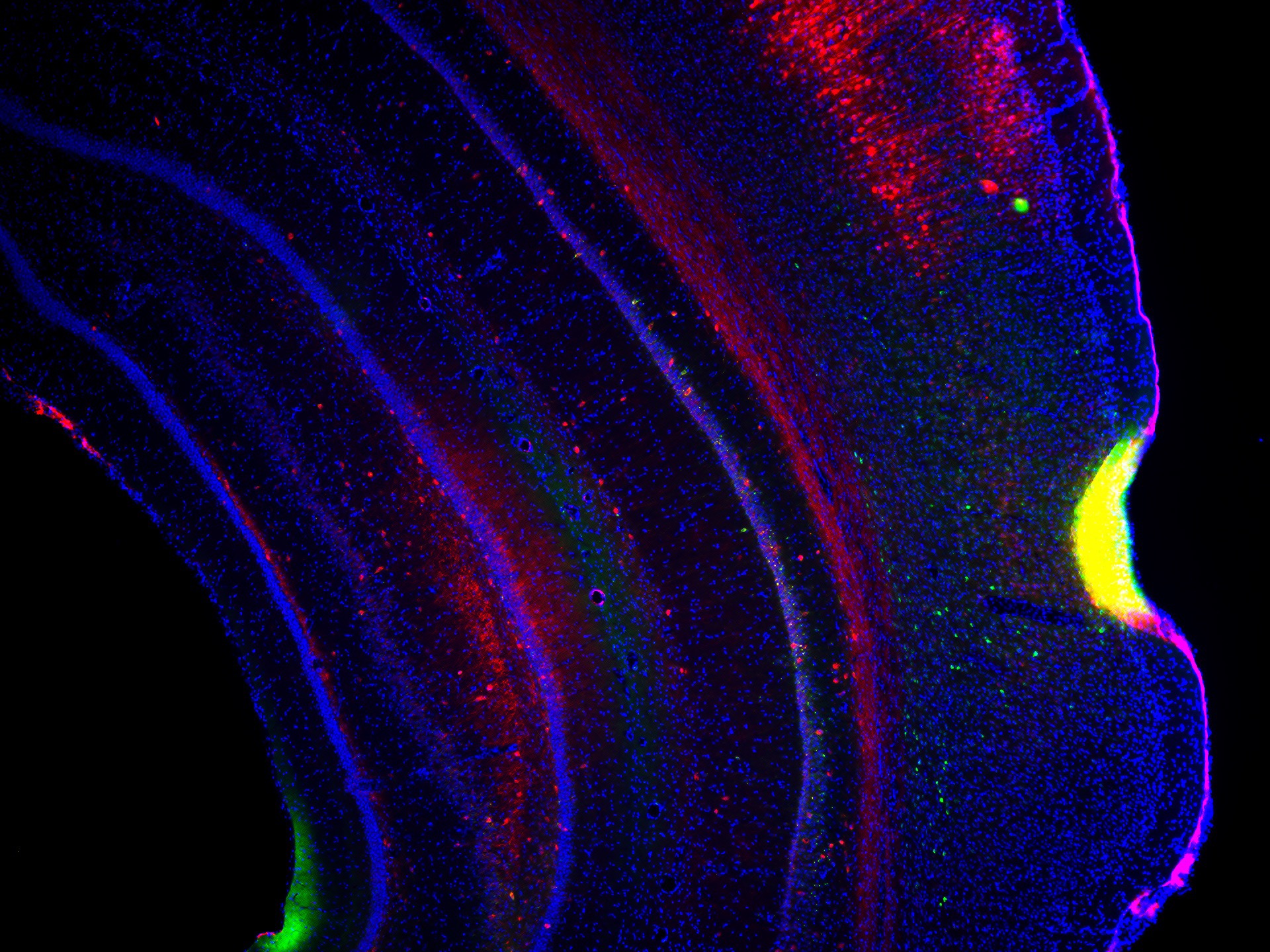
Arc immunofluorescence staining in long evans rat brain. Dr. Ann Hoffman
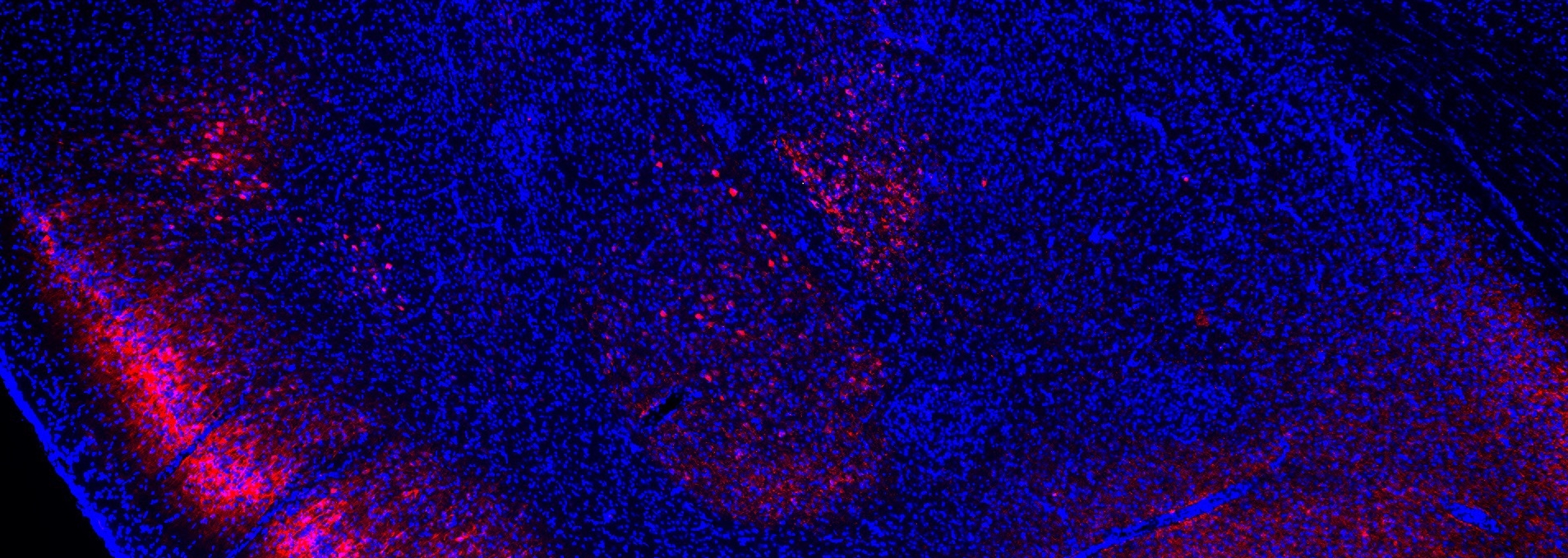
Arc protein expression in the amygdala following fear conditioning in rat. Dr. Jeremy M. Trott
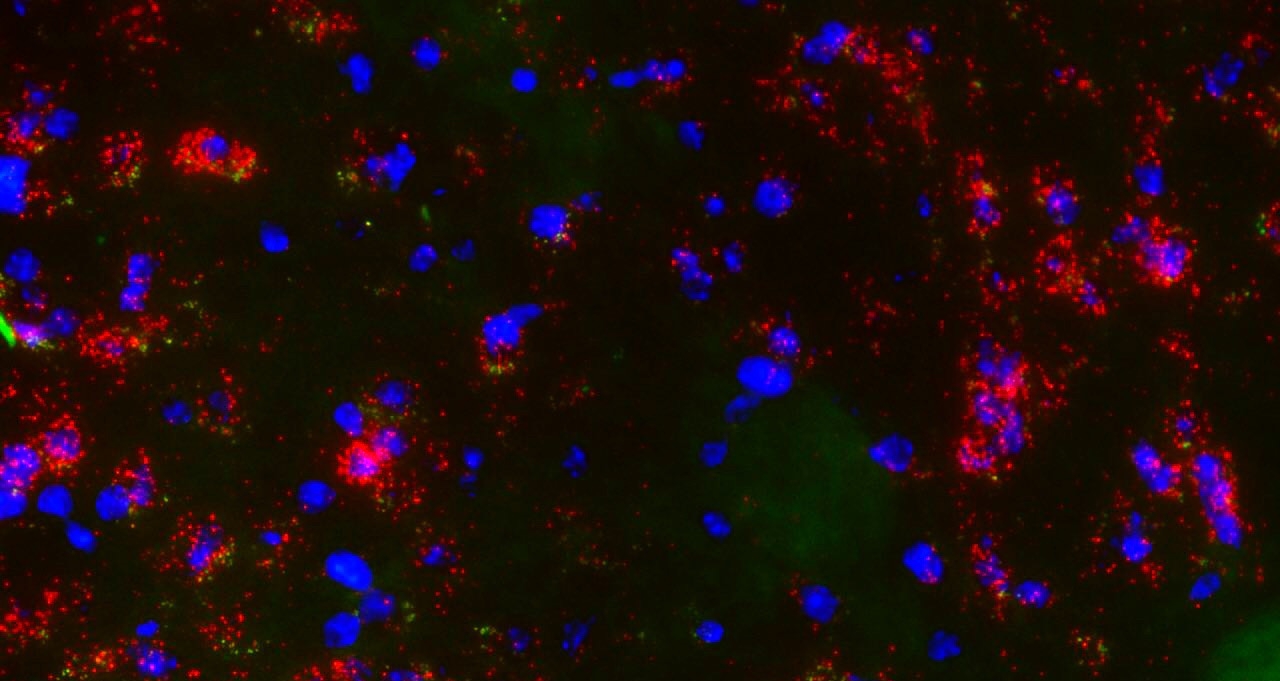
PAC1 receptors (in red) from wild type mouse. Dr. Abha Rajbhandari
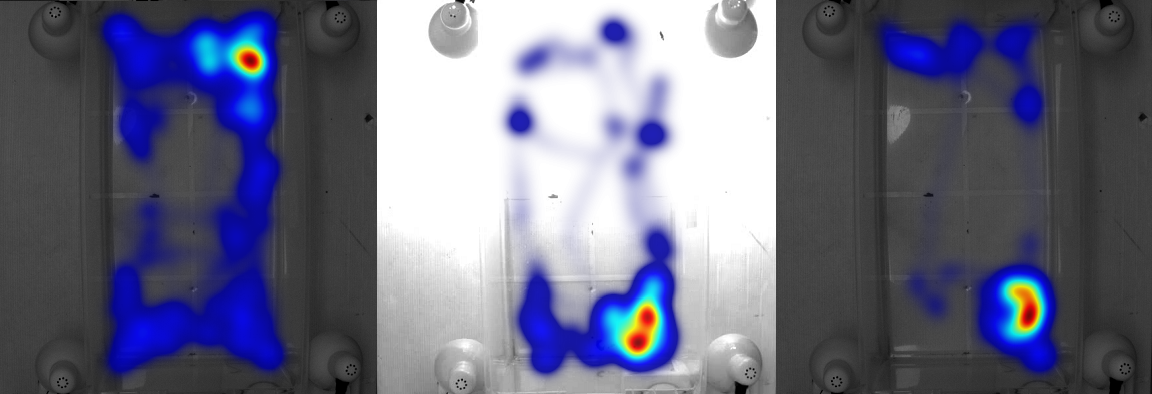
Heat map of long evans rats in open field. Dr. Sarah Gonzalez

Long evans rats in the open field (left and middle) and elevated plus maze (right). Dr. Sarah Gonzalez
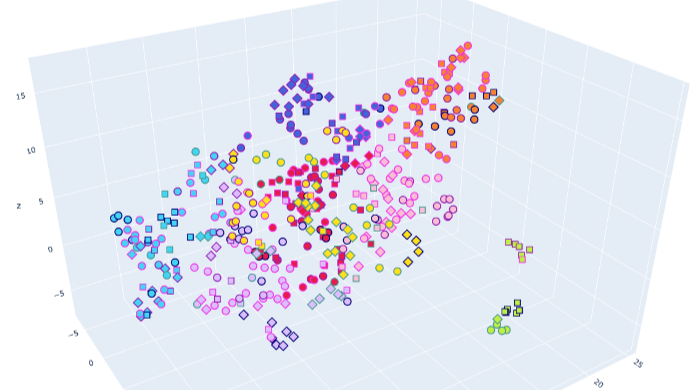
Eight identifiable clusters determined by the freezing postures of rats. Dr. Nancy J. Smith-Vickery

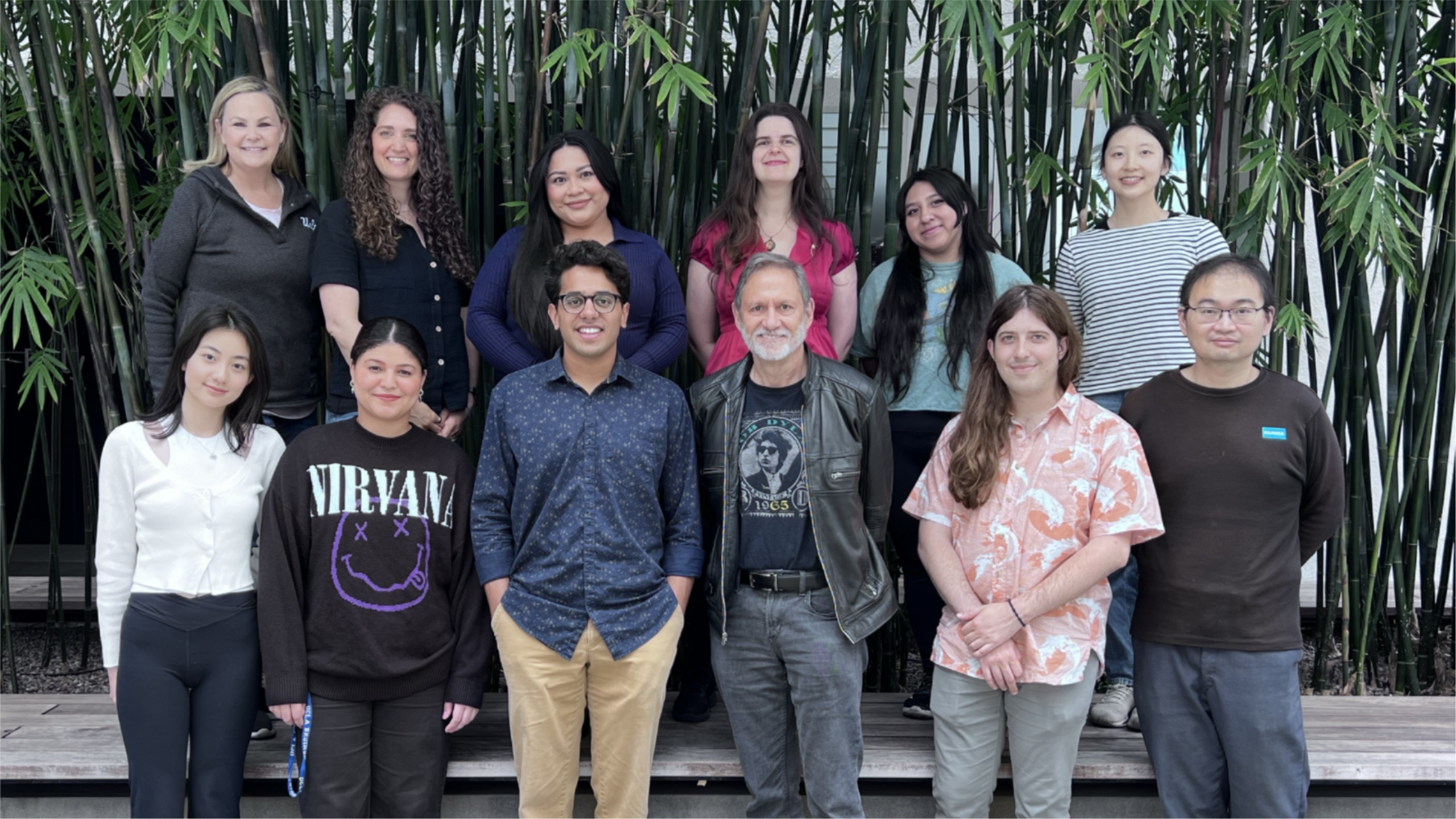
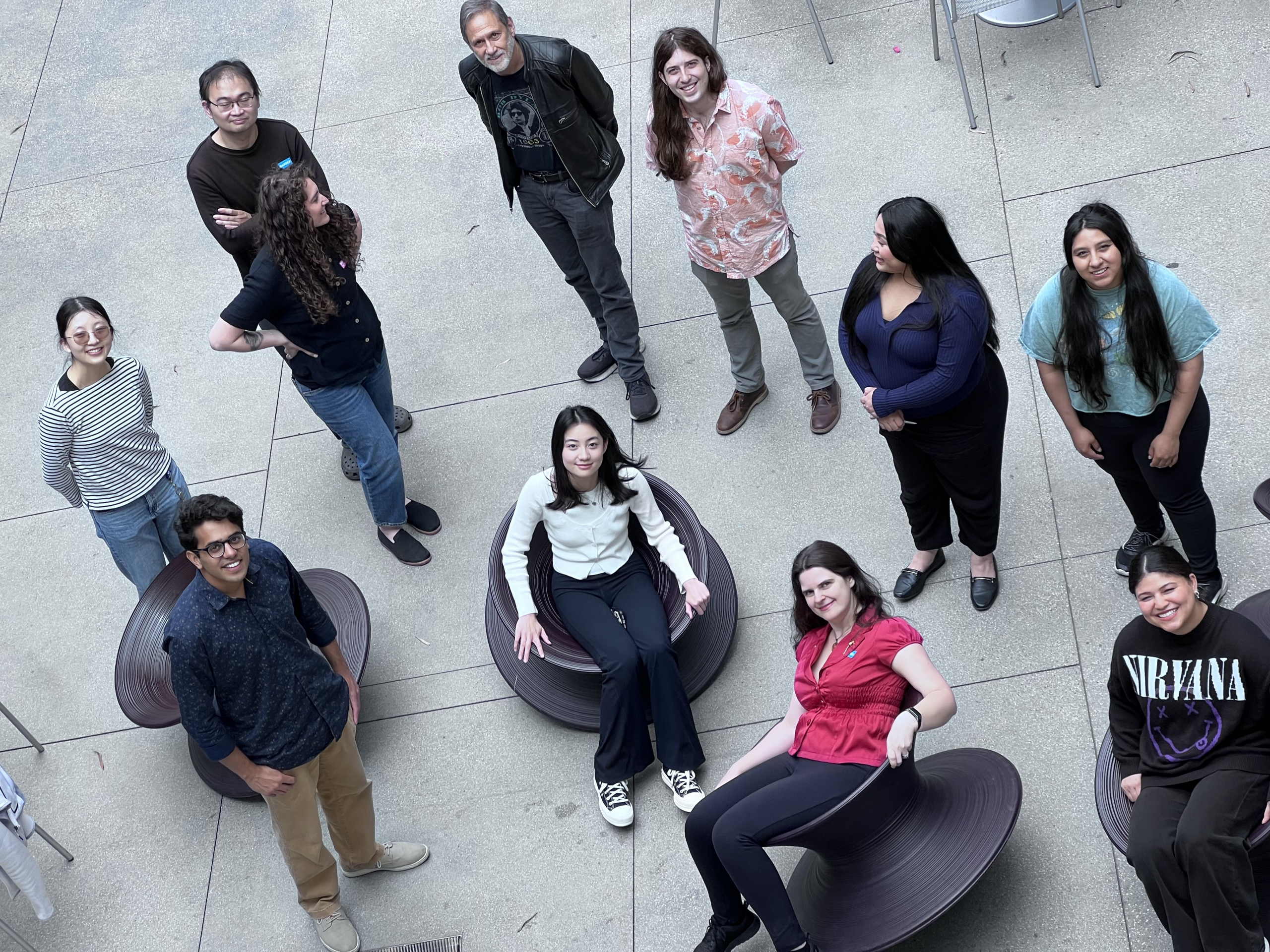

Announcements
In the News
- Clinical Trial for PTSD- Trying to understand the brain signals that predict symptomatic episodes in PTSD.September 7, 2023 - 2:37 pm
 Our own Dr. Ann Hoffman contributes time to the Veterans Yoga ProjectOctober 26, 2020 - 8:56 pm
Our own Dr. Ann Hoffman contributes time to the Veterans Yoga ProjectOctober 26, 2020 - 8:56 pm Michael Fanselow32nd Winter Conference on Neural PlasticityFebruary 11, 2020 - 2:40 pm
Michael Fanselow32nd Winter Conference on Neural PlasticityFebruary 11, 2020 - 2:40 pmScientists differ greatly on the views of just what fear is. Read more
